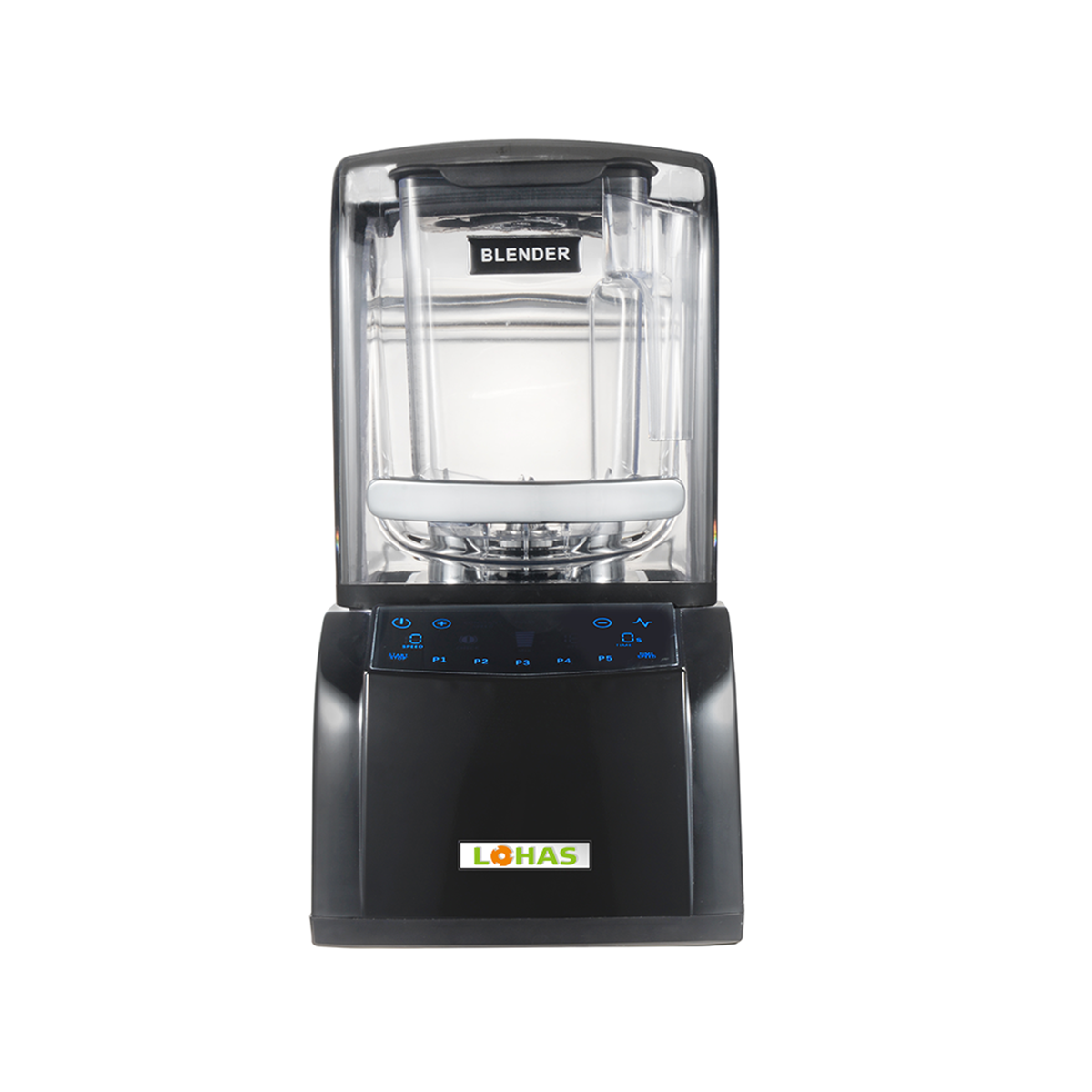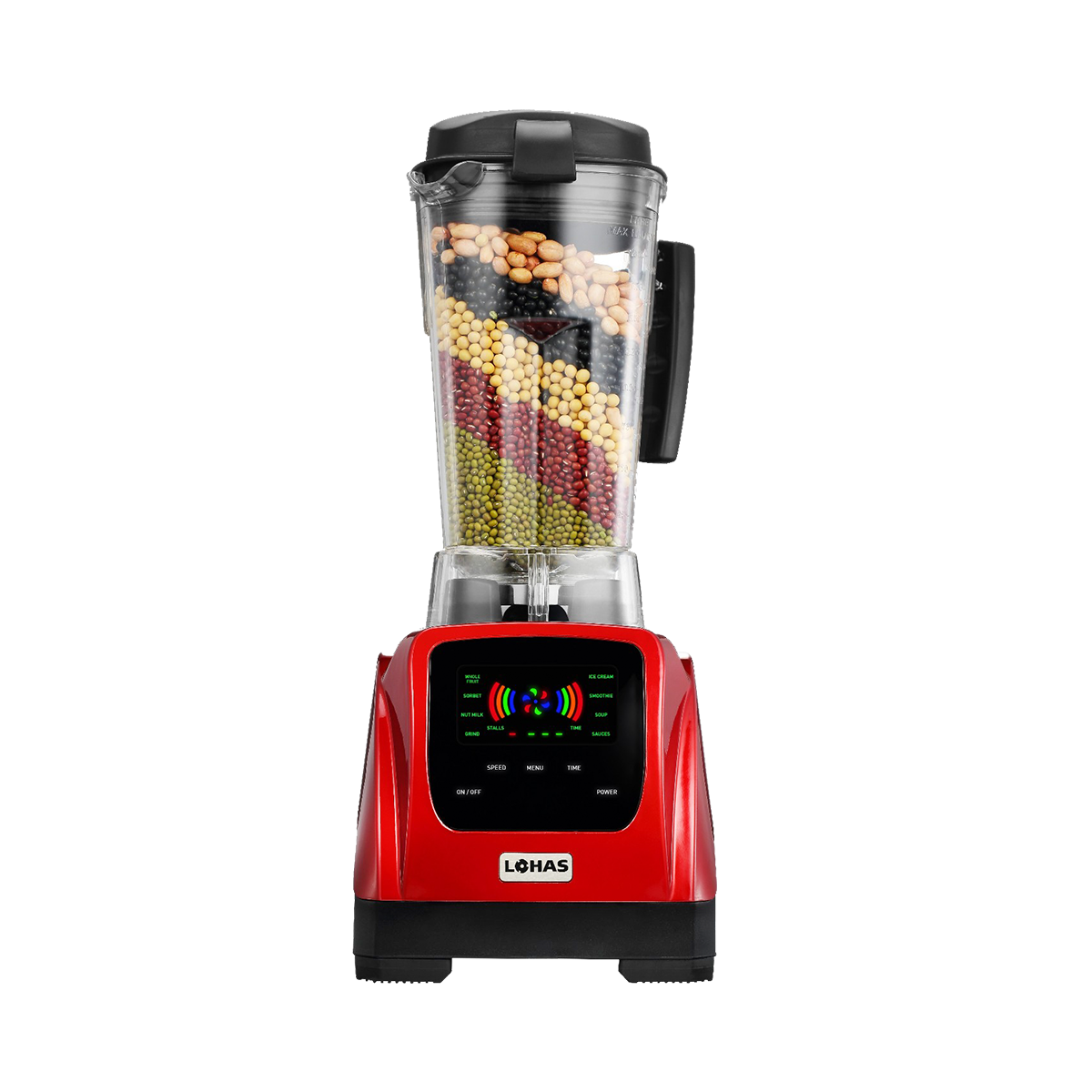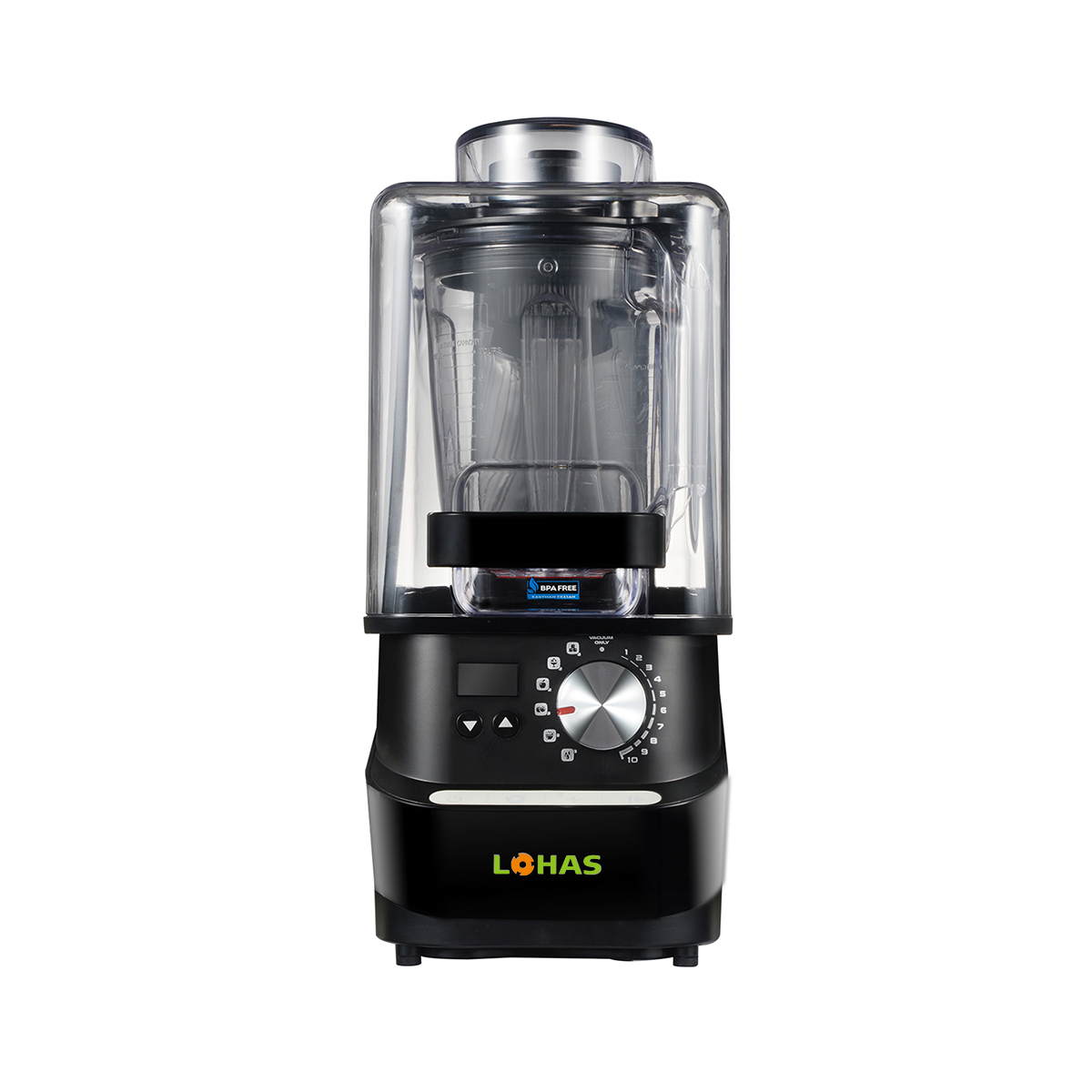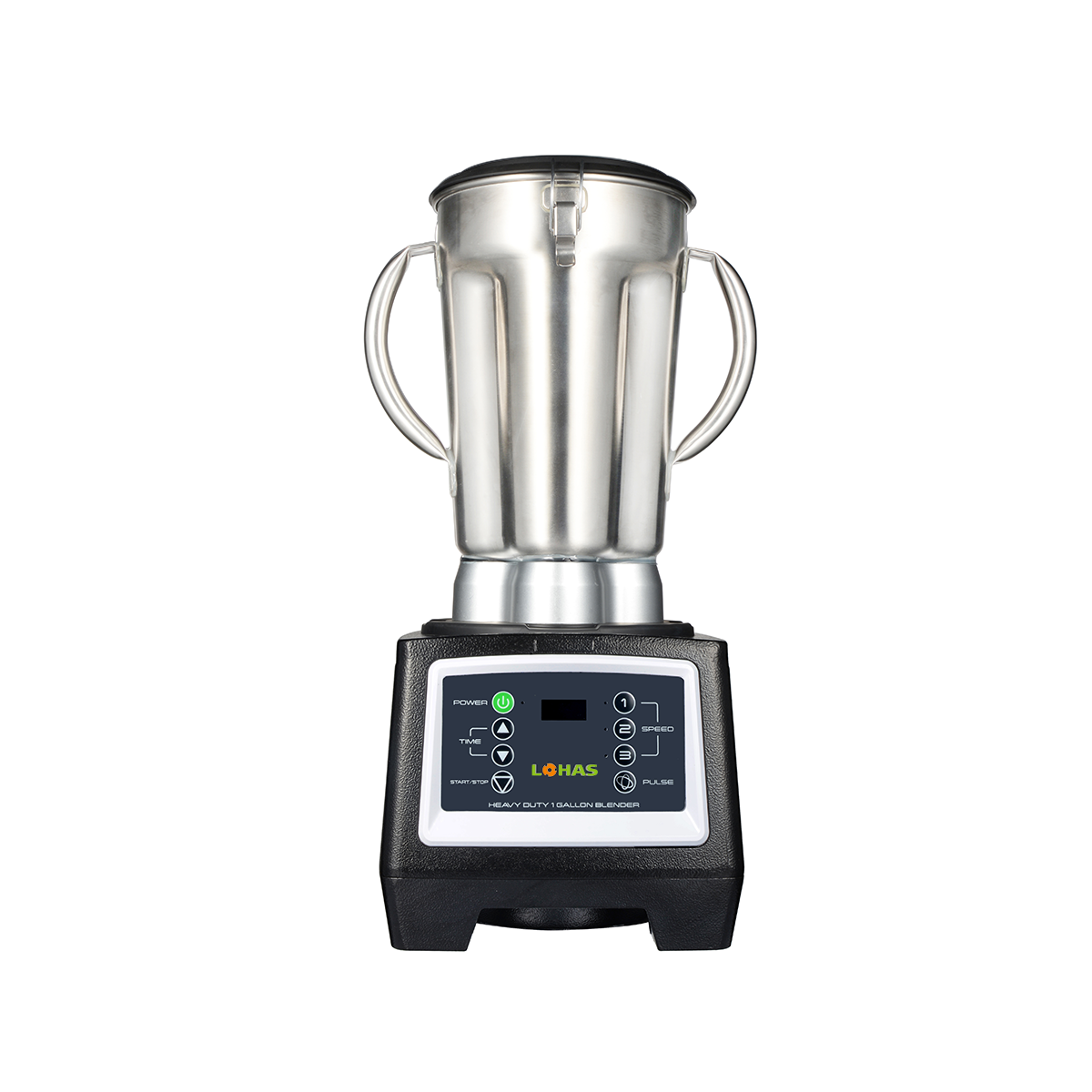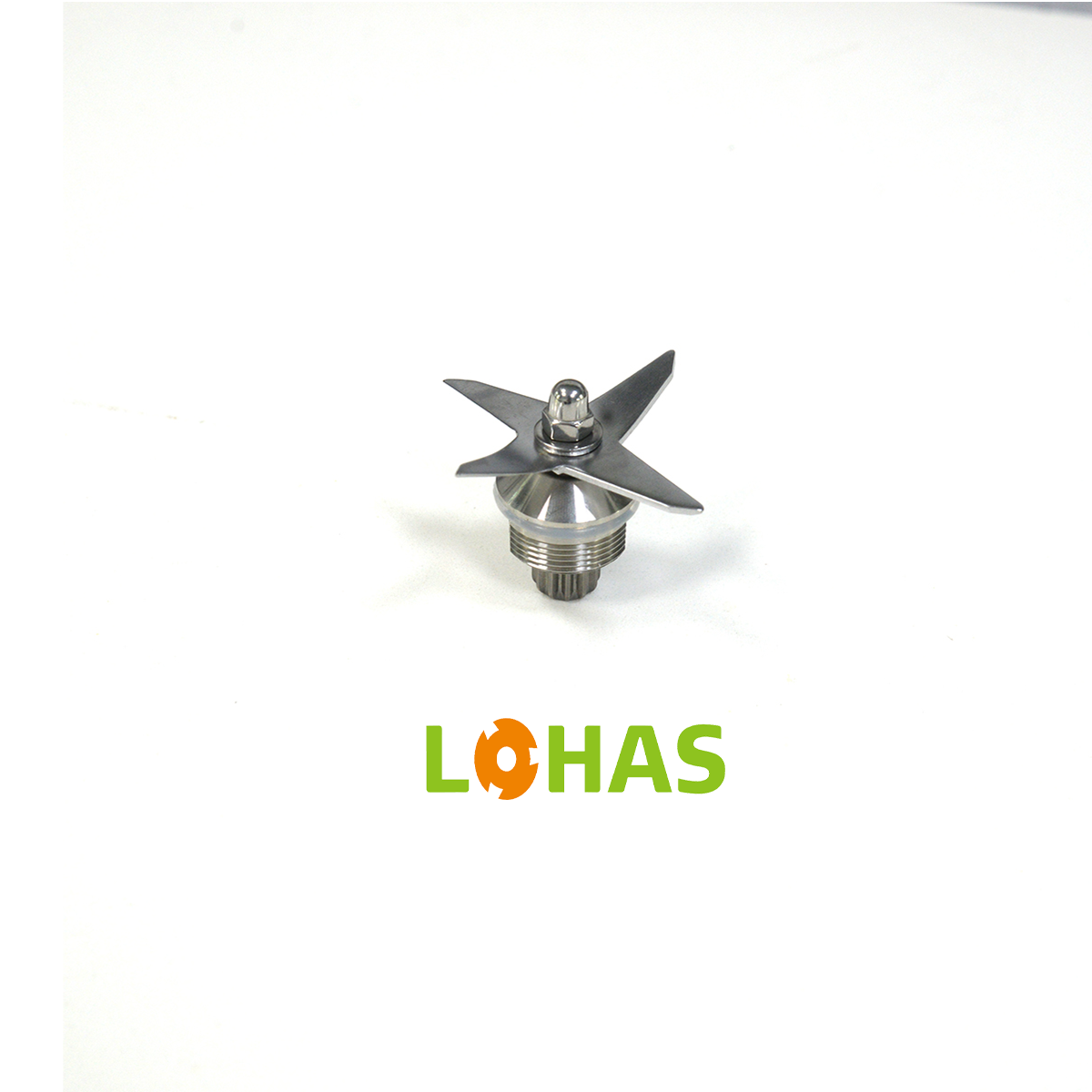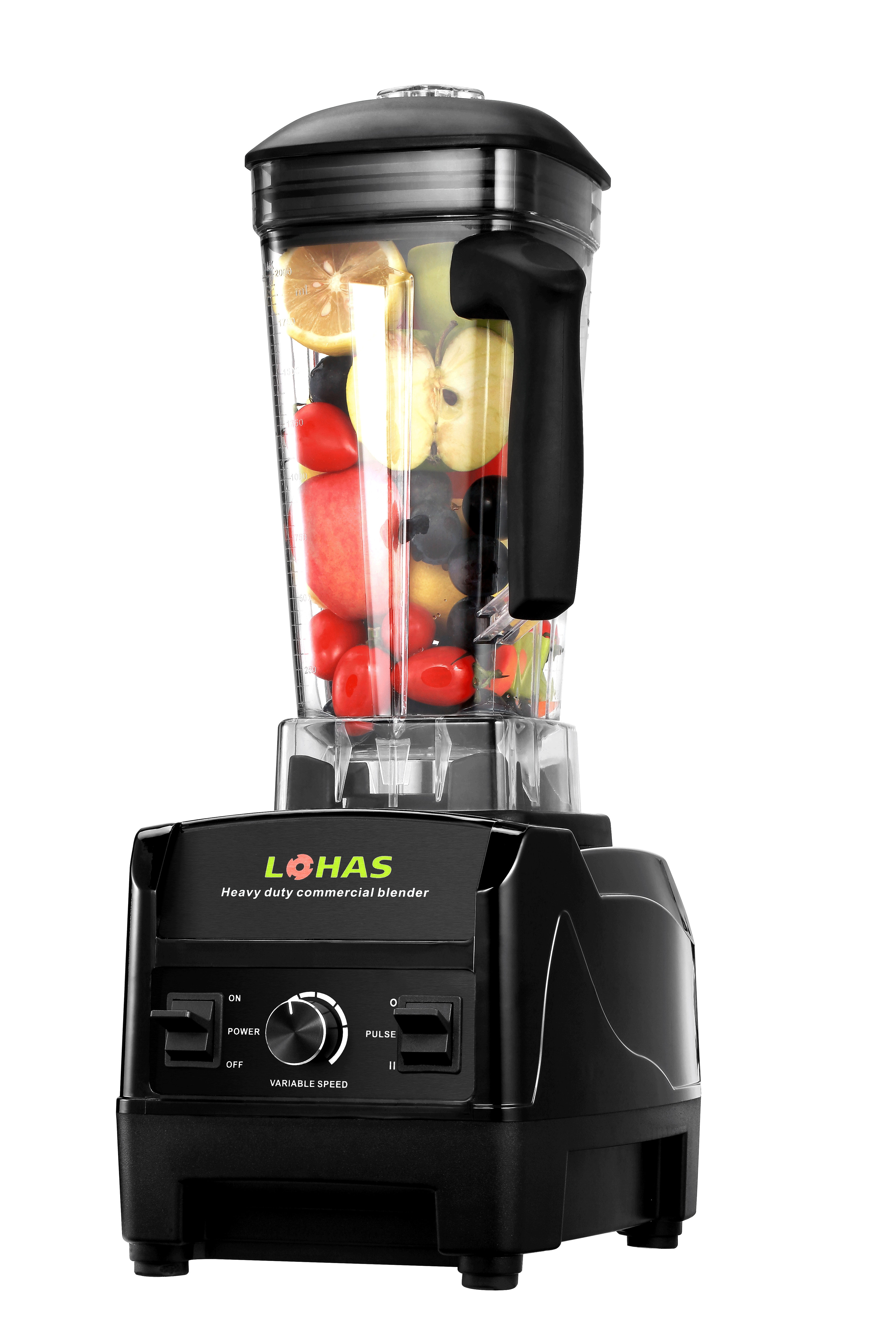The Rise of Unplugged Blending Solutions for Adventure Seekers
In an era where electrical appliances dominate our kitchens, manual blenders are making a remarkable comeback, especially among outdoor enthusiasts and frequent travelers. These innovative devices offer a perfect blend of simplicity, portability, and reliability when you're far from power outlets. Whether you're camping in the wilderness, embarking on a cross-country road trip, or simply seeking a more sustainable approach to food preparation, a manual blender proves to be an invaluable companion.
Essential Features of Modern Manual Blenders
Innovative Design Elements
Today's manual blenders incorporate sophisticated engineering that maximizes efficiency while maintaining simplicity. The hand-cranked mechanism typically features high-grade stainless steel blades and durable gearing systems that can tackle everything from soft fruits to ice cubes. The ergonomic handles and non-slip bases ensure comfortable, stable operation, while the compact design makes these devices incredibly space-efficient in any travel pack.
Material and Durability Considerations
Premium manual blenders often feature BPA-free, food-grade materials that withstand intense use and varying weather conditions. The containers are typically crafted from impact-resistant materials like Tritan plastic or reinforced glass, ensuring they survive the rigors of outdoor adventures. Many models also incorporate replaceable parts, extending their lifespan and making them a sustainable choice for environmentally conscious users.
Versatility in Function
Modern manual blenders go beyond simple blending capabilities. Many models come with interchangeable attachments for chopping, grinding, and even whipping, making them versatile tools for outdoor meal preparation. This multi-functionality eliminates the need for multiple devices, saving precious space in your camping gear or travel luggage.
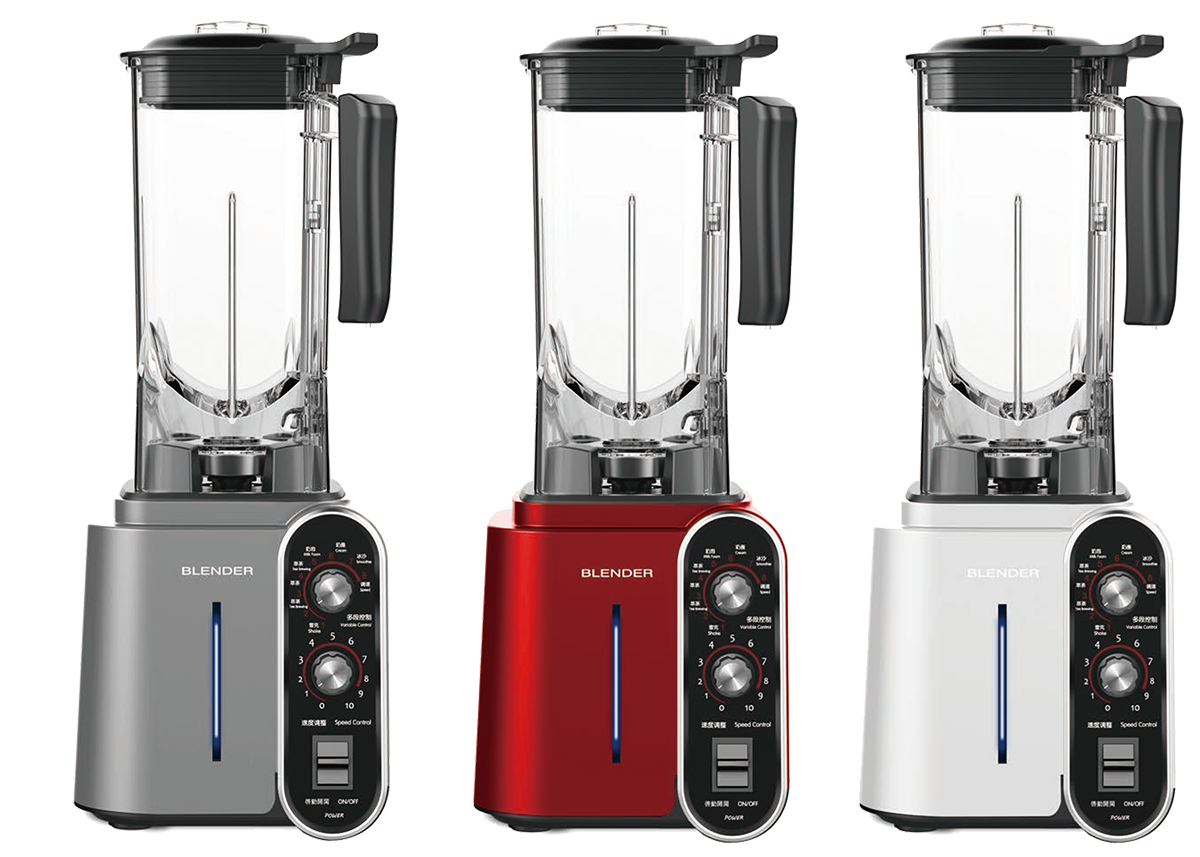
Environmental Benefits and Sustainability
Zero Energy Consumption
One of the most compelling advantages of a manual blender is its zero electricity requirement. This not only reduces your carbon footprint but also provides complete independence from power sources. The human-powered operation aligns perfectly with eco-friendly lifestyle choices and sustainable travel practices, making it an excellent choice for environmentally conscious adventurers.
Reduced Electronic Waste
Manual blenders typically have a longer lifespan than their electronic counterparts, thanks to their simple mechanical design and fewer components that could potentially fail. This durability translates to less electronic waste, supporting a more sustainable consumption pattern. Additionally, many manufacturers now use recyclable materials in their products, further enhancing their environmental credentials.
Practical Applications in Outdoor Settings
Camping and Hiking Scenarios
When you're deep in the wilderness, a manual blender becomes an essential tool for preparing nutritious meals. From blending morning smoothies with foraged berries to creating hearty soups from dehydrated ingredients, these devices enhance your outdoor cooking capabilities significantly. Their quiet operation also ensures you won't disturb the natural peace of your surroundings or fellow campers.
Travel and Adventure Sports
For adventure sports enthusiasts, manual blenders offer the perfect solution for preparing energy drinks and protein shakes on the go. Their lightweight design and durability make them ideal companions for activities like mountain biking, rock climbing, or long-distance hiking. The ability to quickly prepare nutritious beverages helps maintain energy levels during intense physical activities.
Maintenance and Care Guidelines
Cleaning Protocols
Maintaining a manual blender is straightforward but crucial for longevity. Most models can be easily disassembled for thorough cleaning, with components that are dishwasher-safe or simple to hand wash. Regular cleaning after each use prevents food residue build-up and ensures optimal performance. It's important to dry all parts completely before reassembly to prevent any potential rust or degradation.
Storage and Transportation
Proper storage extends the life of your manual blender and maintains its performance. Many models come with protective cases or bags that shield them during transport. When packing, ensure all components are completely dry and properly secured to prevent damage. Some users find it helpful to keep small maintenance tools and spare parts in the same storage container for quick repairs if needed.
Frequently Asked Questions
How does the blending power of a manual blender compare to electric models?
While manual blenders may require more effort and time compared to electric models, high-quality manual blenders can achieve similar results for most blending tasks. The key difference lies in the user's control over the blending process, which can actually lead to more precise results for certain preparations.
Can manual blenders handle frozen ingredients?
Most quality manual blenders are designed to process frozen ingredients, though it's recommended to let them thaw slightly for easier blending. The stainless steel blades and robust gearing systems are typically strong enough to handle frozen fruits and even ice, though it may require more effort than processing softer ingredients.
What is the typical lifespan of a manual blender?
With proper care and maintenance, a high-quality manual blender can last many years, often outlasting electric alternatives. The simple mechanical design means fewer components that could potentially fail, and many manufacturers offer replacement parts for common wear items like gaskets and blades.

